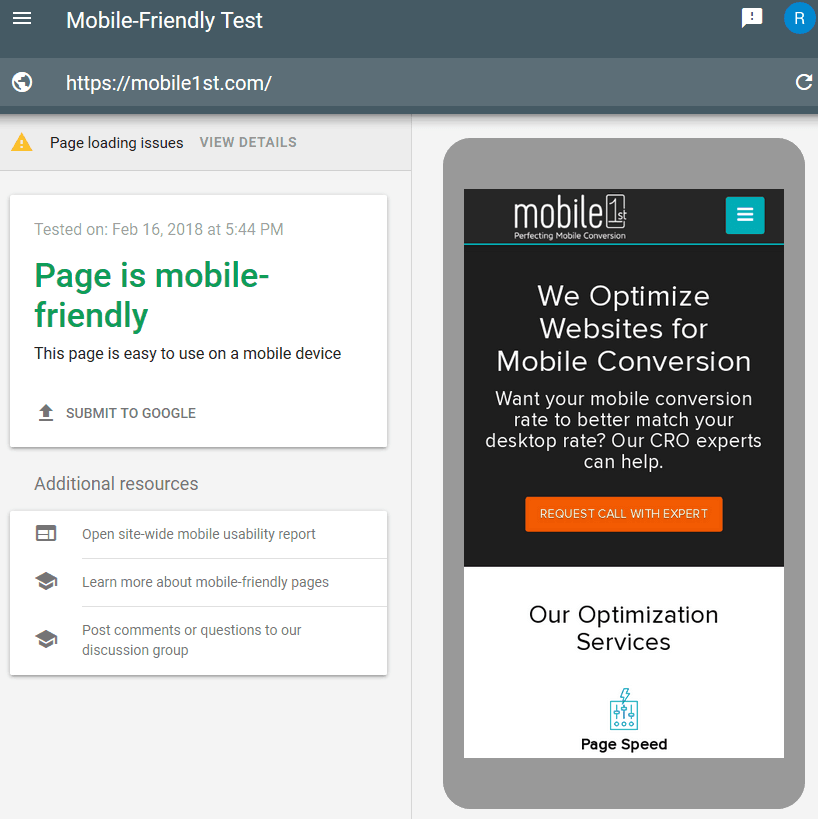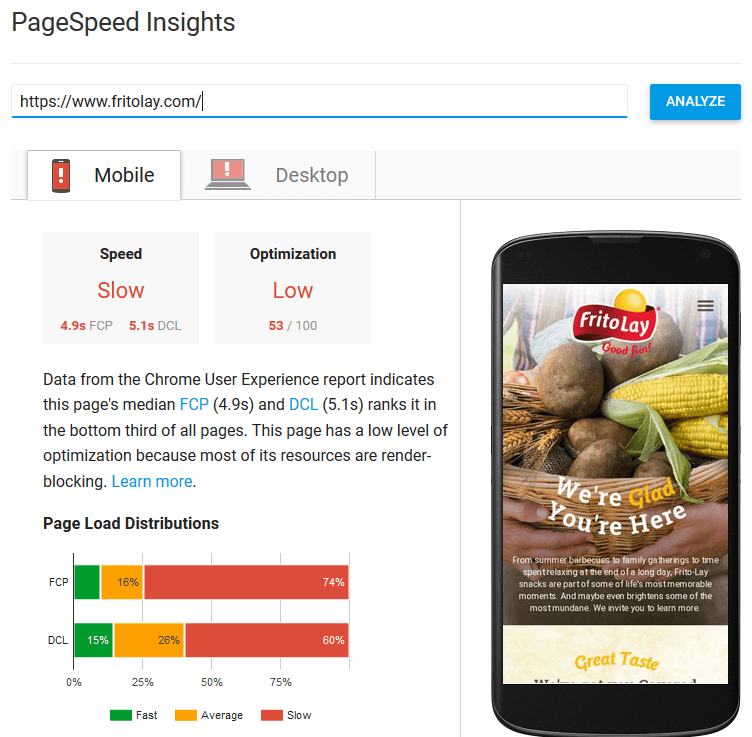Are you using SEO to drive CRO? It may seem contradictory. After all, search engine optimization is about getting people to your website, while conversion rate optimization is about turning website visitors into long-term paying customers and loyal, avid followers. Just because you have more people flocking to your web pages – courtesy of enhanced search engine results – doesn’t mean a greater share of them will convert. Right?
Wrong! And here’s why.
Many of the same steps that eCommerce experts are using to drive SEO are also about creating a better, more effective user experience, which will improve your conversions on mobile. When you conduct an audit of your site for SEO purposes, you often expose gaps in your UX that hinder conversion.
This happy convergence occurs partially due to Google’s insistence on user-friendly mobile responsive websites. Google effectively incorporates into its search engine ranking a consideration of how well your site converts. And when Google wants something, us mere mortals better supply it or look out for damages to the bottom line!
Let’s consider precisely how an SEO audit can help drive conversion rate optimization on mobile.
1 . Mobile-Friendly Design and Conversion Rate Optimization
Three years back, Google updated its search engine algorithm and, in the process, scared the living bejeezus out of most eRetailers. What was lovingly referred to as “Mobilegeddon” (or the Google “Mobile Friendly Update”) incorporated assessments of “mobile friendliness.” Essentially, Google boosted websites they considered mobile friendly in their page ranking results for mobile search.
If your page performed poorly – offering a poor UX to visitors on phones and tablets – then Google declared it would banish your website from the highest ranked results. You would enter the purgatory of page 3, 4 or worse in organic rankings. That demotion would surely damage your revenue.
Google, of course, is not an entirely capricious overlord when determining the fate of your online endeavors. They supply a useful testing tool to reveal your website’s mobile friendliness. Simply enter your URL, and quickly learn whether your website passes or fails Google’s mobile-friendly assessment.

The test evaluates your website for five fundamental UX issues. Does your web page:
- Employ code that fails to perform on phones and tablets, like Flash?
- Use text that is legible even without irritating zooming?
- Size content to the screen so users don’t have to scroll horizontally?
- Place touch elements adequately far apart so that the desired one can be easily tapped?
- Exclude popups and interstitials that hide the content of the page?
“We encourage developers to think broadly about how performance affects a user’s experience of their page and to consider a variety of user experience metrics when improving their site.”GoogleOf course, mobile friendliness is not just about SEO but also about conversion rate optimization. Case studies demonstrate massive boosts in conversions when eRetailers offer a better user experience on mobile. Skinny Ties, for instance, saw a 71.9% growth in conversions on iPhones and a 42.4% jump in revenue, once they implemented a responsive web design catering to mobile visitors.
And Think Tank Photos appreciated the 188% gain in revenue once they adopted mobile design principles. But in addition, when your site is mobile friendly, the bounce rate of visitors frustrated by their experience is reduced, and the duration of their visit extends, which again affects Google page rankings.
2. Heed the Need for Speed
Google sharply penalizes sites that display a slow load time. Yes, the giant of web search (chalking up a 74.5% share and even higher on mobile with 90%) recognizes that faster loading is critical to keeping web surfers happy. So Google ranks web pages higher when they please consumers with a high-velocity page rendering. Your site’s load time will become increasingly critical for your mobile organic ranking in July 2018 when Google releases its algorithm update, aptly named the “Speed Update.”
But not only does your mobile site’s speed put you in good graces with Google, it is fundamental to enhancing conversions. Consider these scary data:
- Average load speed for mobile retail site: 6.9 seconds
- Share of shoppers that bounce from a page that requires more than 3 seconds to load: 40%
- Percent of shoppers who vow to never return to a site with a poor UX: 79%
No wonder the mobile optimization experts at Mobile1st typically target load time as a critical step in their CRO efforts. No wonder speed plays a role in Google’s page rankings.
Next steps? Fortunately Google offers a clear window into their assessment of your site’s speed. Go over to Google Page Speed Insights and enter your URL for a checkup of your site’s rendering performance. If your speed lags, consider implementing the accelerator tips recommended by Google or our own team of mobile experts here at your ever-friendly Mobile1st.

3. Navigation Issues & Broken Links
An audit of your pages for SEO can reveal other defects to your visitors’ experiences that block conversions. Google despises broken links that make the job of their web crawler that much more difficult, and they penalize websites marred by such defects.
Broken links pose not only a liability for SEO but also for CRO. Links are one of the navigational tools used by visitor to journey toward a final sale. Broken links block that progress and injure your rate of conversion.
When optimizing for search engines, you can discover your website’s broken links, enabling you to ensure that prospects are traveling smoothly toward the desired destination of a sale.
CRO ♥ SEO
Conversion rate optimization AND search engine optimization may seem to be two distinct approaches to optimizing your website on mobile, but as I’ve shown here, they actually target many of the same dimensions of your website’s user experience. This relationship occurs partly because Google deems it important to deliver relevant, useable results. Any SEO audit of the issues on your site will often fortuitously highlight issues that block your site visitors’ easy successful path to conversion. Yes, CRO loves SEO.
- How to Supercharge Mobile CRO with Conversational Commerce - May 8, 2018
- Mobile Conversion Rate Optimization and the iPhone X - April 10, 2018
- Conversion Rate Optimization: How to Use SEO to Improve Your CRO - February 25, 2018
